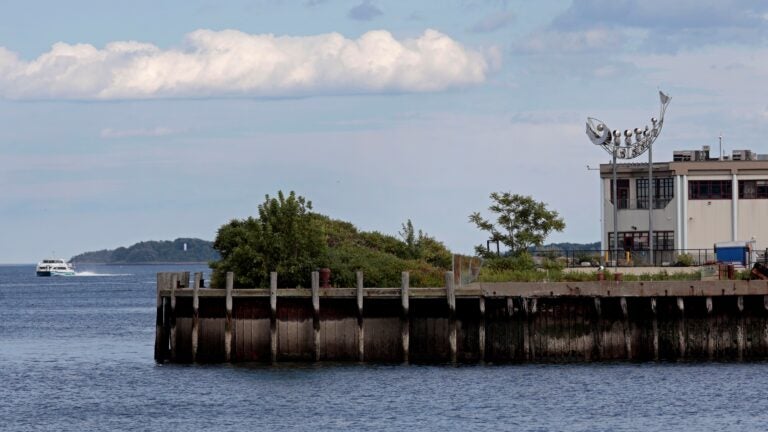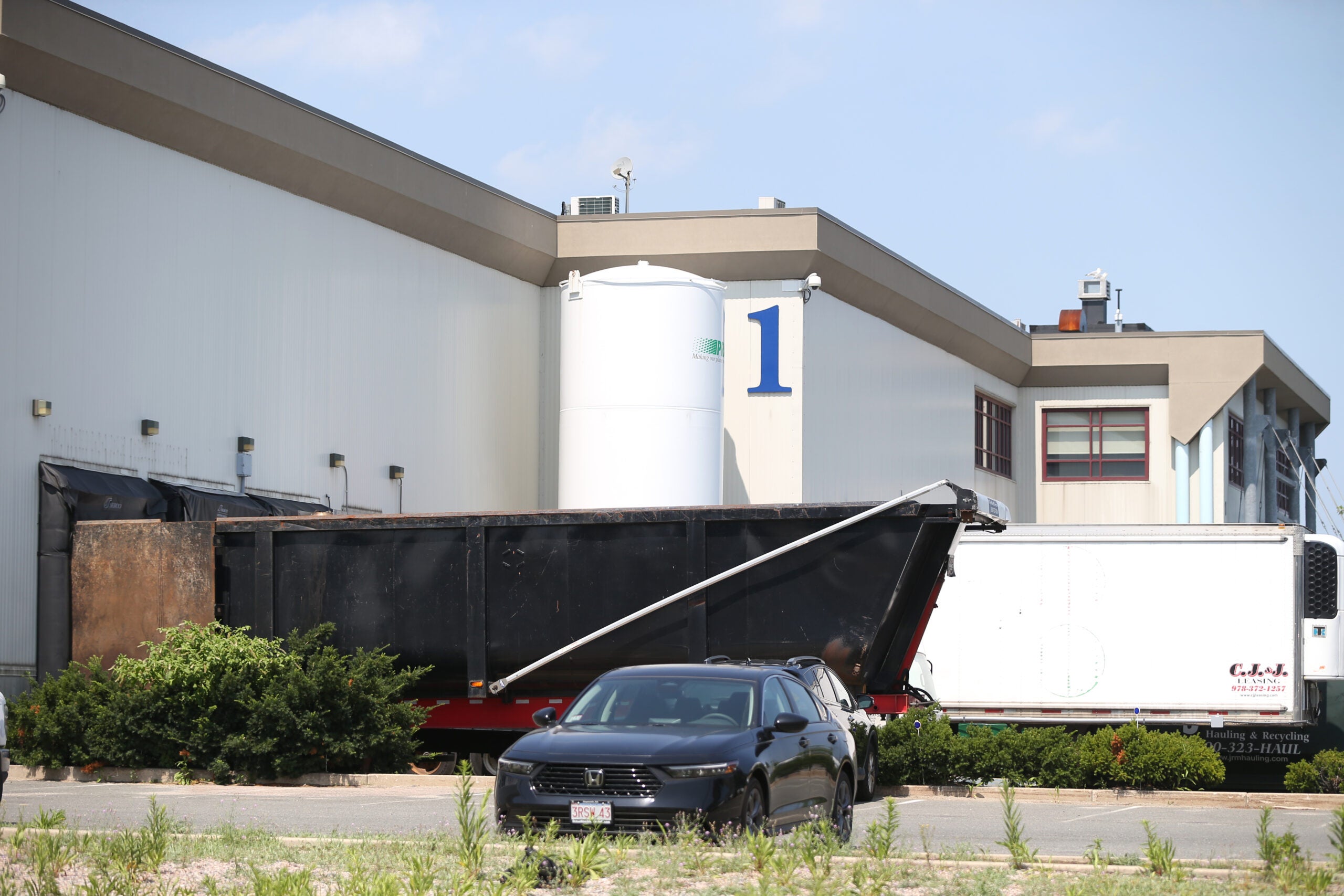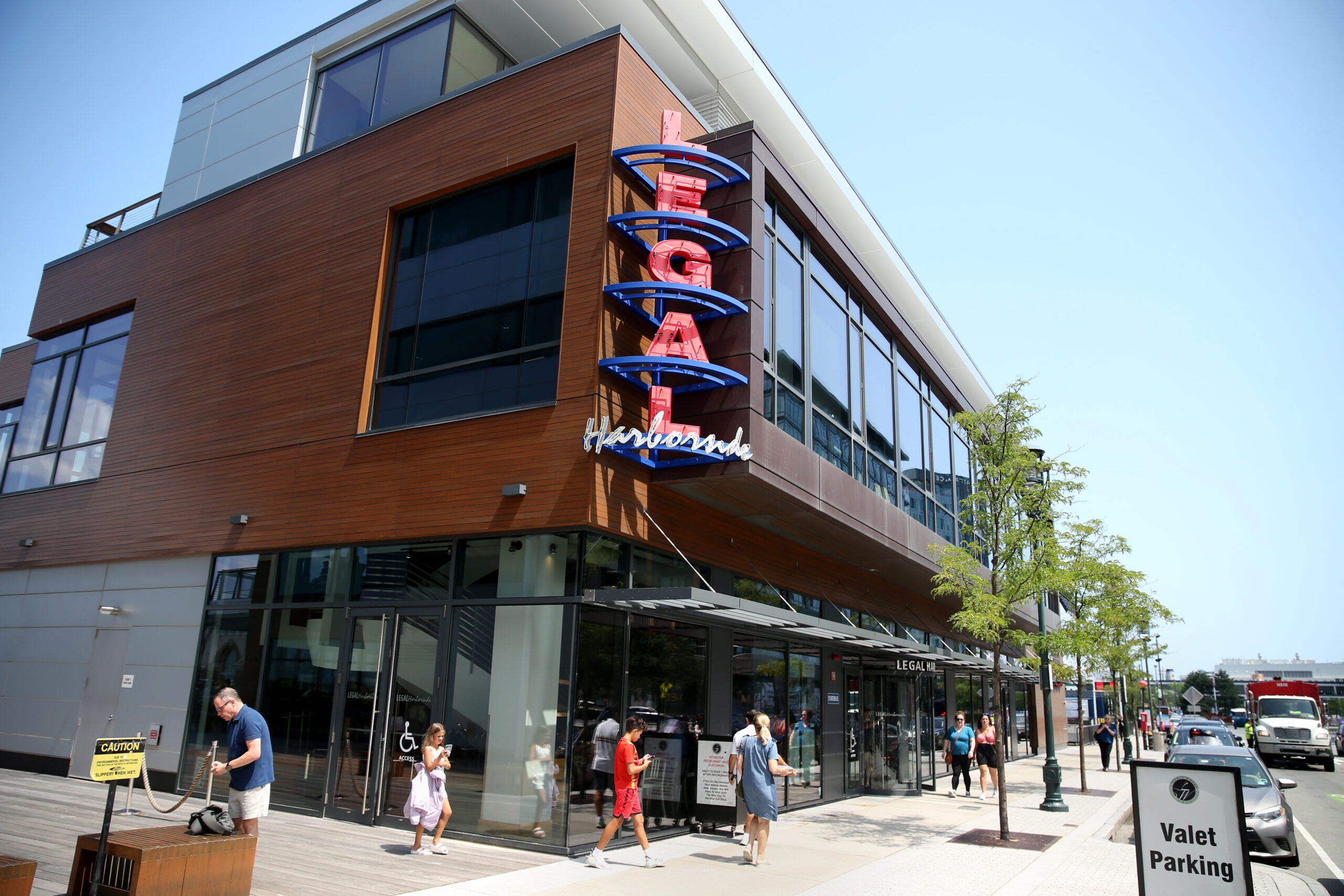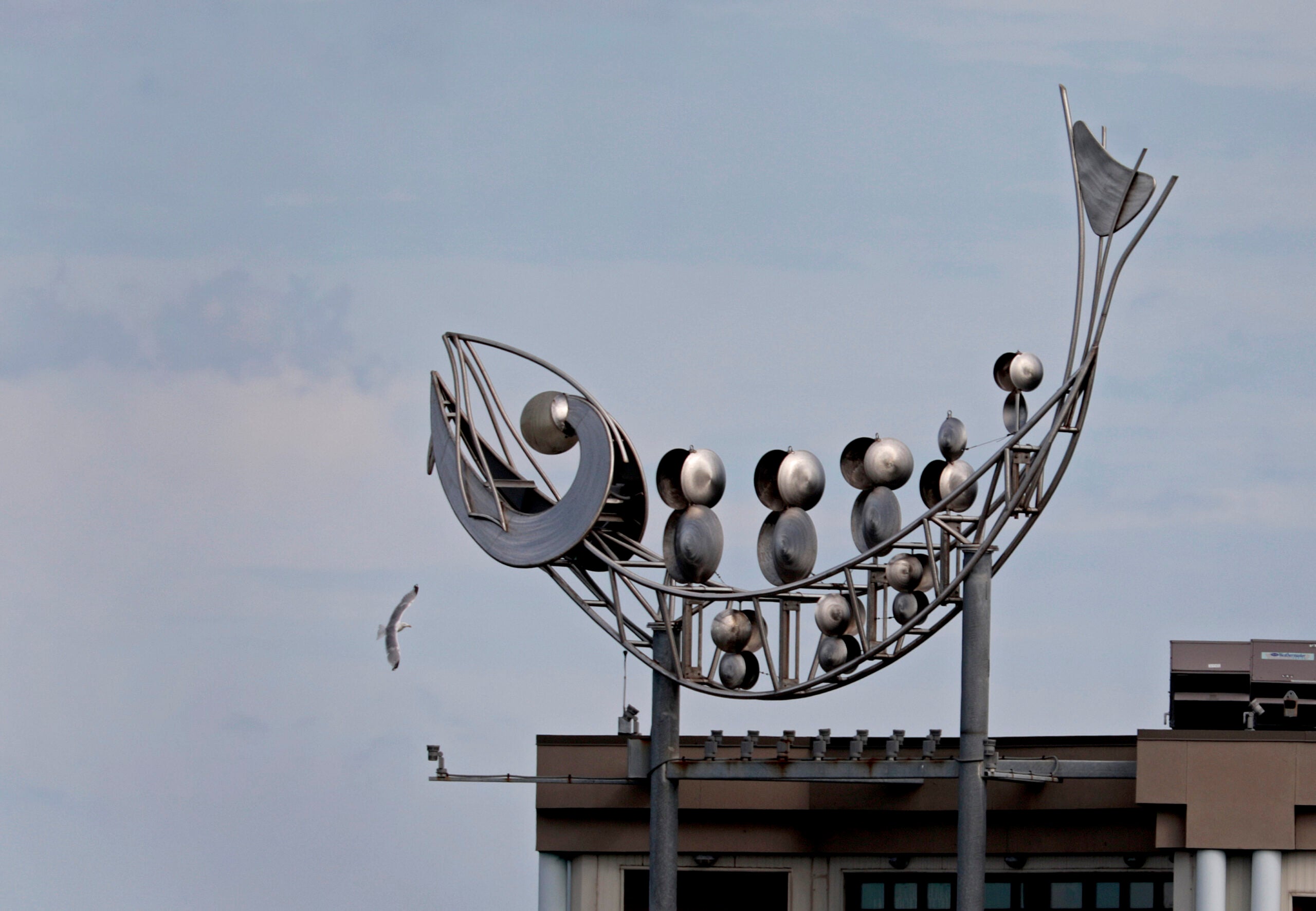The Boston Globe
The new owner of Legal Sea Foods has reached a deal with Stavis Seafoods to turn over a last remnant of the Seaport’s working waterfront.

For two decades, the 45-foot-long sculpture of a cod with a color-changing eye has greeted boaters as they made their way past the South Boston waterfront. Those in the know understood that the giant metal fish meant one thing: Legal Sea Foods headquarters.
Soon though, Legal is leaving the building. But the giant codfish will remain, thanks to a recent deal in which the restaurant group’s owners sold the seafood processing plant (and the fish sign) to processor Stavis Seafoods for an undisclosed price.
PPX Hospitality, a private-equity backed restaurant operator, acquired Legal from Roger Berkowitz in late 2020. With that deal came Legal’s two-story, 75,000-square-foot seafood plant, behind the Leader Bank Pavilion on Northern Avenue. Stavis, owned by Spain’s Grupo Profand, had plans to build a new home nearby, but those fell apart in large part because of rising construction costs. So Stavis chief executive David Lancaster said he approached PPX to see if the company might sell the Legal building to him instead.
Initially, according to Lancaster, the answer was no. PPX was using the building as a central commissary for its three restaurant groups — Legal, Smith & Wollensky, and Strega.
But eventually PPX realized it didn’t need all that prime waterfront real estate. Legal president Matt King said he generally buys most of his fresh fish from local distributors, rather than trying to process it himself.
“We have a lot of different stuff we’re making [there],” King said of the waterfront building. “It’s more about the culinary experience that we’re doing and less about processing the fish. … That’s what got us to start thinking: We either needed to reinvest a ton into that building to rework it into what we need, or it was time to look for a new building.”
In the end, PPX chose the latter. King said the company will soon finalize a lease for 30,000 square feet of industrial space in Milford for a new commissary, where 30 to 40 people will work. He hopes the new building will be ready in January.

For now, PPX and Stavis share the waterfront building, while Stavis owns the plant, which sits on land it leases from the Massachusetts Port Authority. King expects Legal will keep an office on the nearby Fish Pier, even after the move to Milford.
These moves are taking place amid massive changes to the old industrial park at the edge of what’s now called the Seaport, where a number of low-slung warehouses and food processing facilities are gradually being replaced by taller lab buildings.
For its part, Stavis had been facing pressure to vacate its older plant at 310 Northern Ave., to make way for a redevelopment. After PPX initially rejected Lancaster’s overtures for the Legal building, Lancaster started to look at sites outside the city. As Lancaster got close to a deal for one, he tried PPX one more time. It was important, Lancaster said, for Stavis to stay in Boston where it has been for nearly a century. Many of the company’s major wholesale and retail customers are in Boston, and he didn’t want to upend the commutes of the 125 employees who work at its Boston operations.
“I was kind of hell bent that we could make sure we could stay here,” Lancaster said. “We’re very much looking forward to staying in the Seaport and continuing our 94-year legacy [here].”
Berkowitz, whose father started Legal Sea Foods as a fish market in 1950 next to a grocery his family owned in Cambridge, doesn’t seem bummed that Legal is leaving the waterfront. In fact, he said he is happy that the building will be used primarily for seafood processing, its original intended use.
“It really needs to be with someone in the fish business,” Berkowitz said.

Berkowitz said he told the executives at PPX that the plant probably had more space than they needed if they were no longer mainly using the facility for fish processing. Legal opened the plant about 20 years ago, relocating its fish processing from Allston, after Berkowitz had read a story about Massport being interested in developing its “North Jetty” area. It’s not typical for a restaurant operator to process fish as well for other businesses, but that dual role reflects Legal’s roots as a seafood market.
“We were both in the restaurant business and the fish business,” Berkowitz recalled. “We were unique in that perspective. We always processed our own fish we bought off the boats.”
So what’s the story with the giant cod? Berkowitz said city officials at the time tried to discourage big signs on buildings, out of a fear it might make Boston look too commercial. So his workaround was commissioning artist David Tonneson to design the monstrous cod. The single eye changes color to respond to wind speeds, and the scales rotate to reveal the direction of the prevailing wind.
Lancaster said there was no question Stavis would keep the giant fish after taking ownership from Legal, in part because it just happens to resemble his parent company’s logo.
“That’s iconic,” Lancaster said of the metal sculpture. “We wouldn’t take that down. … I love that thing.”

Originally posted 2023-08-19 01:37:39.